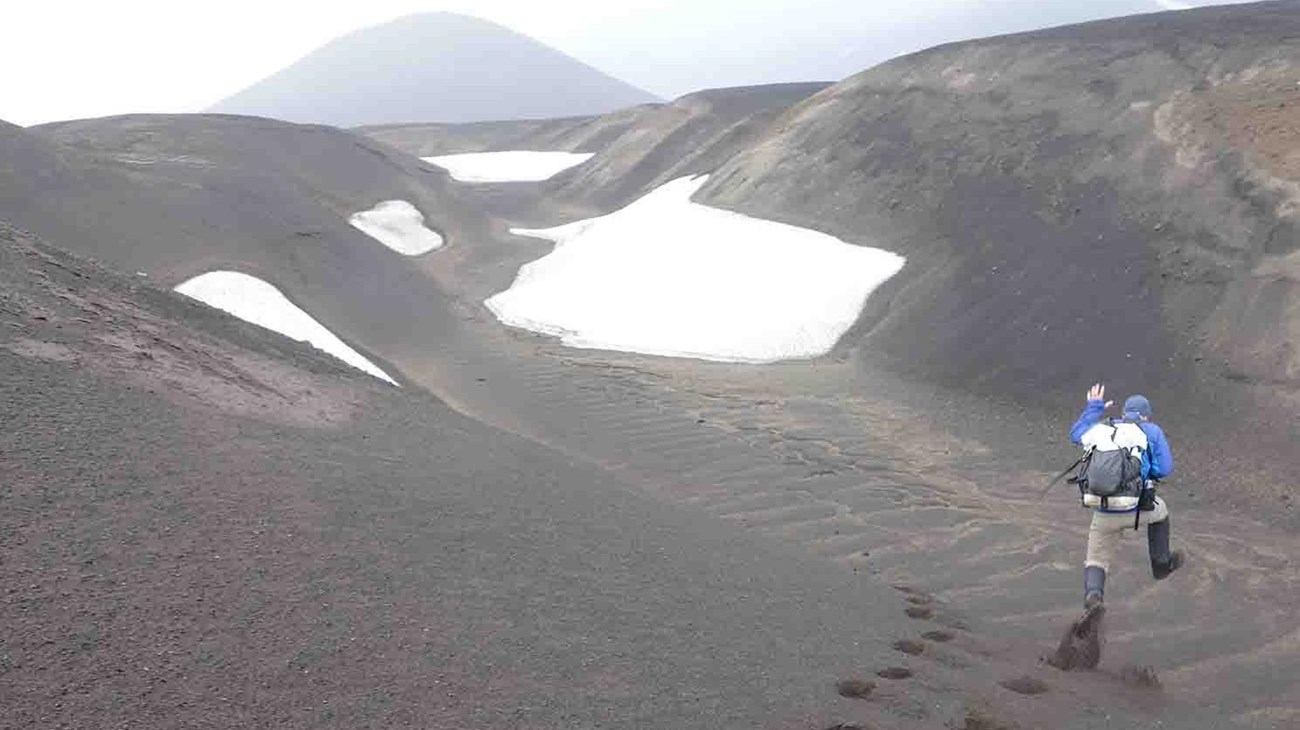Geological hazards (or geohazards) are the results of natural, active geologic processes. They can be hazardous to people or infrastructure, or they may be occurring naturally in remote areas with no hazardous impact. Geohazards include: volcanic eruptions, earthquakes, mudslides or landslides, avalanches, glacial surges and outburst floods, tsunamis, and other land collapses due to thawing permafrost.
Often, geohazards occur rapidly and without much warning, which increases the need for and importance of long-term monitoring of high-risk areas such as volcanoes, active landslides or debris flows, or areas where permafrost is known to be thawing.
Often, geohazards occur rapidly and without much warning, which increases the need for and importance of long-term monitoring of high-risk areas such as volcanoes, active landslides or debris flows, or areas where permafrost is known to be thawing.

Understanding & Preparing for Geohazards
Learn more about geohazards in Alaska national parks.
Geohazard Terminology
Landslidea geologic feature where a mass of earth or rock moves down a slope or separates from a rock face. Landslides can occur over time or all at once and if the earth slides into the ocean can result in a tsunami.
Debris Flow
a moving mass of earth (mud, soil, sand, rock, water) that travels down a slope. Debris flows often coincide with heavy rain and flash flooding.
Outburst Flood
an event where a glacially dammed lake breaks through the blockage and results in a sudden and massive flood as the lake drains
Last updated: December 18, 2019
